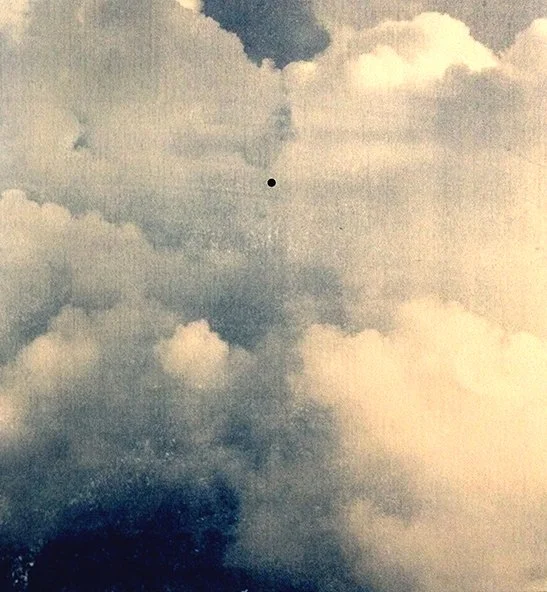Earth Humanities I : Sacred Geologia.
Nicola Whyte
New imaginings of the subterranean are urgently required if we are to find ways to better care for the earth on which human and non-human life depends. How can we make visible the other-than-economic value of the subterraneous environment beneath our feet? In this Earth Humanities conversation we explore the interrelationship between spirituality and the underground. Our starting point is a reflection on technologies of extraction, and the commodification, desacralisation and ‘secularisation’ of geological knowledge and experience. With its origins in the eighteenth century and earlier, in colonial and hierarchical classifications of land, people and resources, these structures of thinking continue to persist today. They inform the political economy of extraction in consumerist societies as modernizing, progressive and necessary for continued growth.
Thinking outside the modernisation paradigm, we bring alternative perspectives to the legacies of extractivist thought by exploring sacred, and other-worldly imaginaries of the underground. Some contributors adopt a biographical approach in tracing the changing meanings of geological features over time. While others bring into focus the sensory, embodied meanings and potencies of underground places, caves, caverns, mines, wells, springs and below-the-surface ecosystems. We all share a common concern to address the inequalities, injustices and violence of extractivism in altering human and nonhuman habitats. Earth Humanities reaches for a better understanding of intersecting temporalities of discovery and enchantment, detachment and ignorance of subterranean ecologies.
Henrietta Simson. Sketch for Brunelleschi, 2015, 20x19cm, cyanotype and collage on paper.


